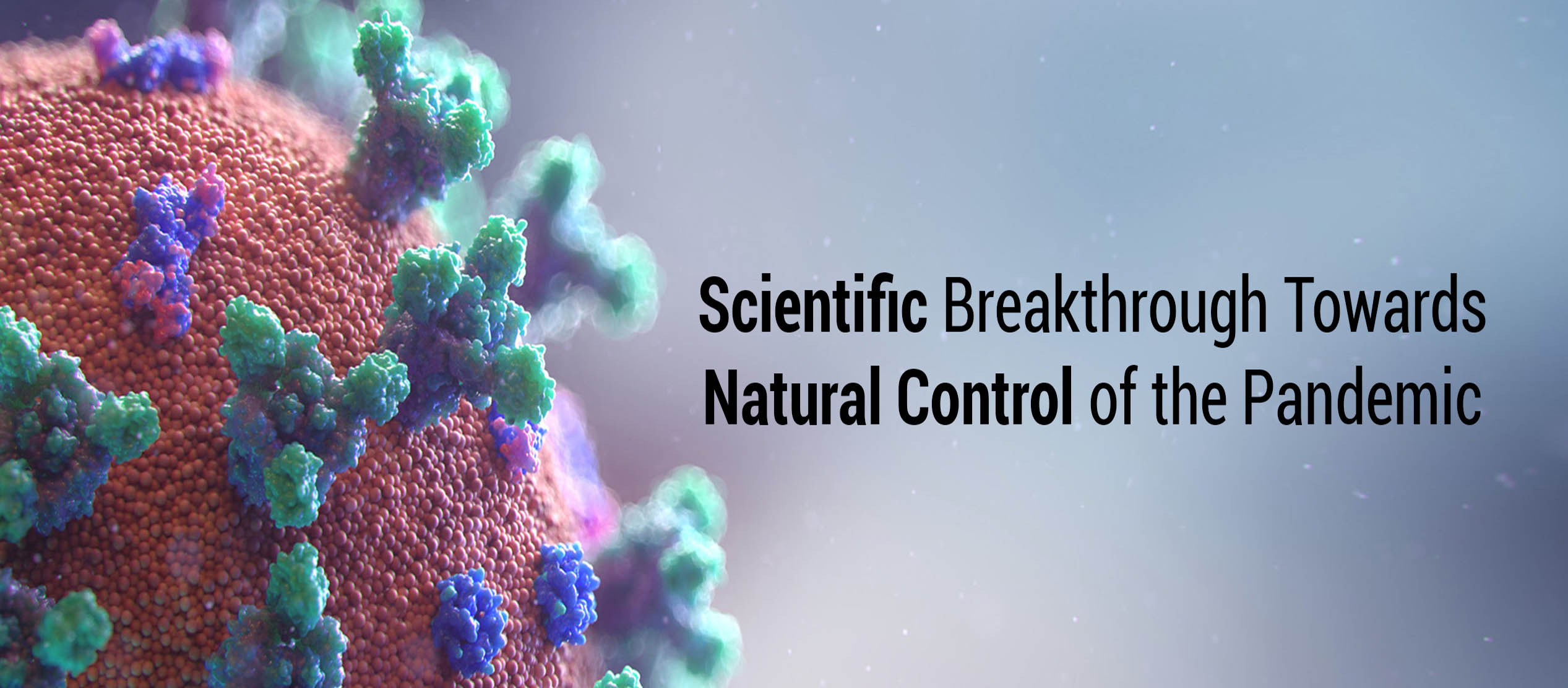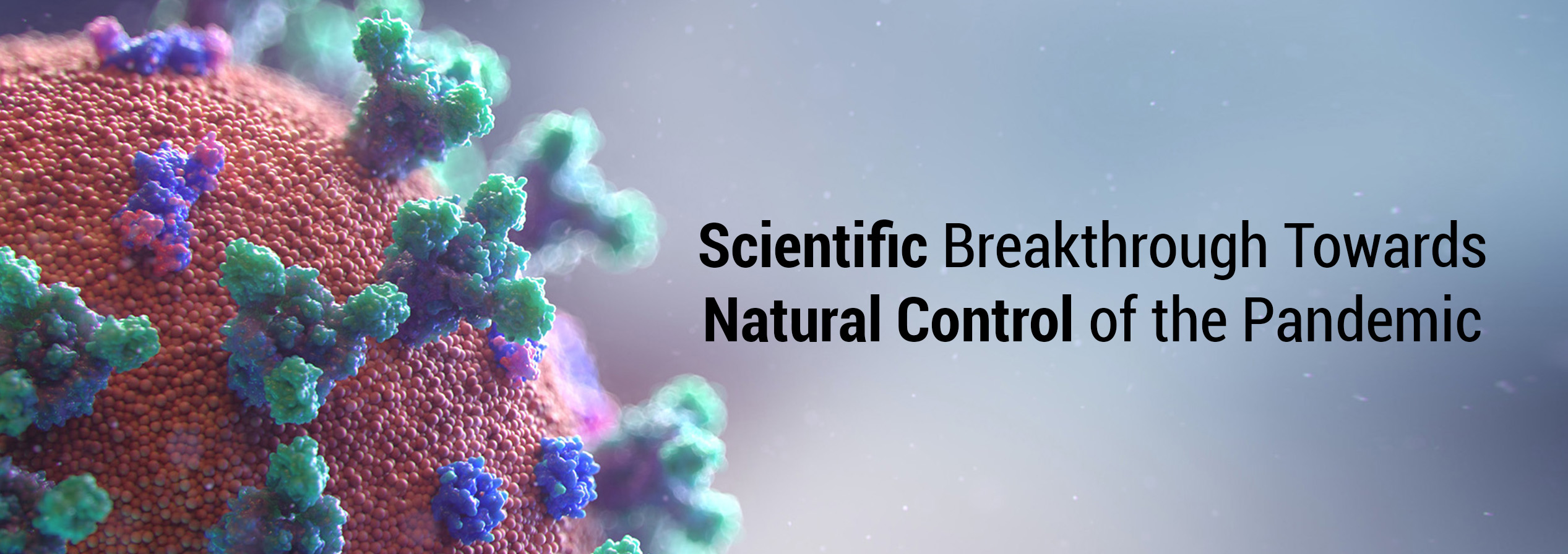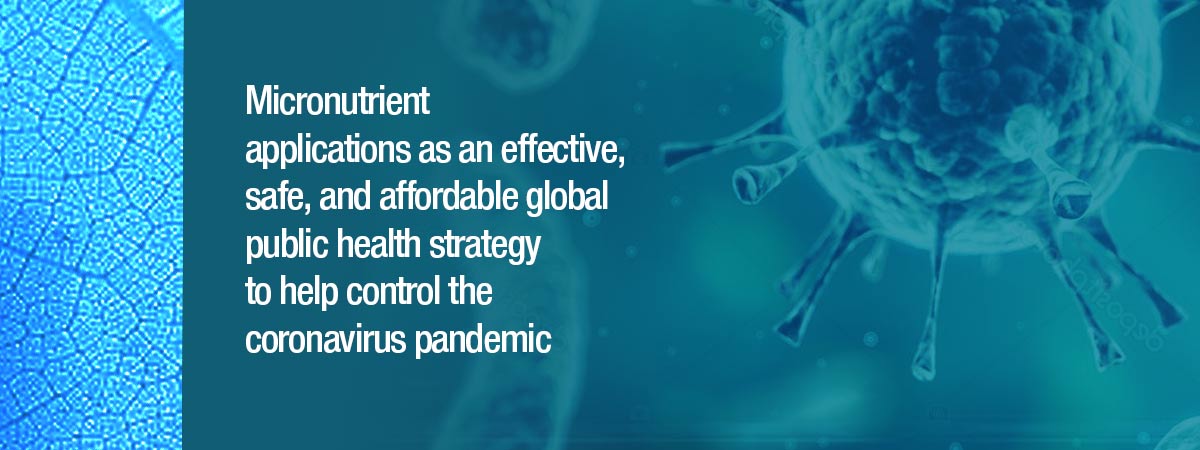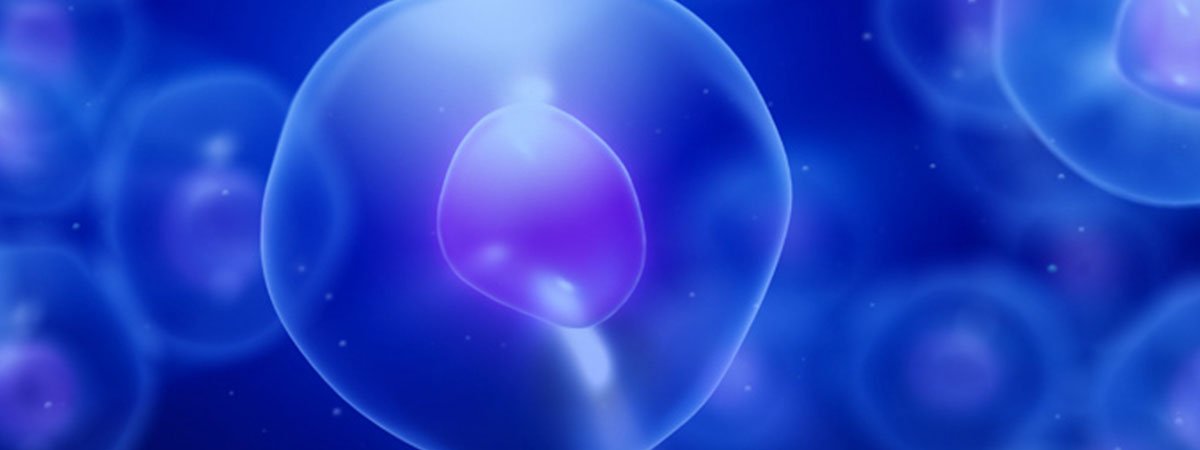Roomi MW, Kalinovsky T, Niedzwiecki A, Rath M
Dr. Rath Research Institute, 1260 Memorex Drive, Santa Clara, CA 95050
International Journal of Oncology –2015; 47(1): 370-376
Abstract:
Colorectal, pancreatic and hepatic carcinomas are characterized by high levels of matrix metalloproteinase (MMP)-2 and -9 secretions that degrade the ECM and basement membrane, allowing cancer cells to spread to distal organs. Proteases play a key role in tumor cell invasion and metastasis by digesting the basement membrane and ECM components. Strong clinical and experimental evidence demonstrates association of elevated levels of uPA and MMPs with cancer progression, metastasis and shortened patient survival.
MMP activities are regulated by specific tissue inhibitors of metalloproteinases (TIMPs). Our main objective was to study the effect of a nutrient mixture (NM) on activity of uPA, MMPs and TIMPs in colon HCT-116, pancreatic MIA Pa Ca-2 and hepatic carcinoma SK-Hep-1 cell lines. These cell lines (ATCC) were cultured in their respective media and treated at confluence with NM at 0, 50, 100, 250, 500 and 1000 µg/ml. Analysis of uPA activity was carried out by fibrin zymography, MMPs by gelatinase zymography and TIMPs by reverse zymography. All three cancer cell lines expressed uPA, which was inhibited by NM in a dose-dependent manner. On gelatinase zymography, SK-Hep-1 showed bands corresponding to MMP-2 and MMP-9 with enhancement of MMP-9 with PMA (100 ng/ml) treatment. HCT-116 and MIA PaCa-2 showed strong bands corresponding to MMP-9 but no MMP-2 band. NM inhibited their expression in a dose-dependent manner. Activity of TIMPs was up regulated by NM in all cancer cell lines in a dose–dependent manner. Analysis revealed a positive correlation between uPA and MMP-9 and a negative correlation between uPA /MMP-9 and TIMP-2. These findings suggest the therapeutic potential of NM in treatment of colon, pancreatic and hepatic carcinomas.
Running Title: Nutrients modulate GI cancer cell line uPA, MMPs and TIMPs
Key Words: colon cancer, pancreatic cancer, hepatocarcinoma, uPA, MMP-2 and MMP-9, TIMP-2, PMA, nutrient mixture
Access: http://www.spandidos-publications.com/10.3892/ijo.2015.3008
Full Study:




















